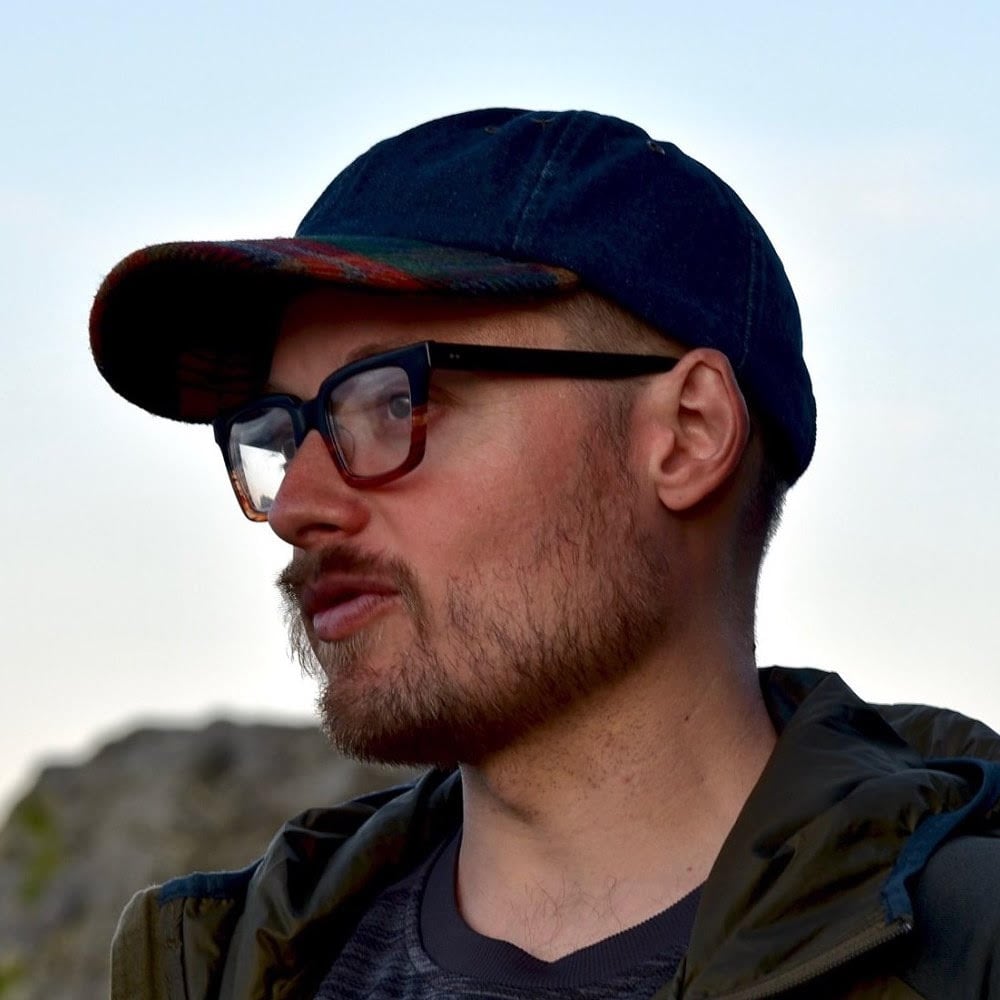Everyone involved in making original music — including band members, producers, songwriters, and composers — has the right to own a portion of their work and collect publishing royalties. To ensure that everyone’s on the same page from both a financial and creative standpoint, it’s important to review and reach split sheet agreements for any song that involves more than one musician.
Here are some common questions about split sheets for creators.
Why Would a Creator Use a Split Sheet?
A split sheet puts who owns what percentage of a composition, and all its related publishing rights, in writing. Establishing partial ownership of a song gives you credit for your contribution, sets up a secondary revenue stream, and fosters healthy relationships with fellow creators.
What Are Some Scenarios a Creator Might Find Themselves in That Would Need a Split Sheet?
If you are a song’s only writer, you automatically own 100% of its publishing rights. Nearly every other scenario imaginable needs a split sheet, whether you’re part of a five-person band, collaborating on a complex song with like-minded creators, or shaping a soon-to-be-hit single alongside a successful producer.
What Are Some Common Errors Creators Might Encounter if They Don’t Use a Split Sheet?
Not using a split sheet can lead to a number of unnecessary conflicts, including disagreements over poorly communicated ownership percentages and last-minute split changes that were never openly discussed and documented. One writer could also wrongfully claim 100% of a song despite verbally agreeing to a lesser amount since their ownership share was never formalized. (It’s difficult to argue who owns what in court when you don’t have any proof other than a person’s own memory banks.)
On a similar note, fractional splits can easily go from being a simple equation to a complex problem with no clear solution. A recent example of this would be the acclaimed Beyoncé album Renaissance. Many of its songs feature multiple writers and producers — so many, in fact, that it can be difficult to discern who did what.
A lot of that has to do with the singer’s slow-but-steady songwriting process. Or as she revealed in a rare interview with Harper’s Bazaar, “Sometimes it takes a year for me to personally search through thousands of songs to find just the right kick or snare. One chorsus can have up to 200 stacked harmonies. Still, there’s nothing like the amount of love, passion, and healing I feel in the recording studio.”
That explains how a song like “Alien Superstar” ended up with more than 20 co-writers — everyone from Jay-Z to Honey Dijon to David Hamelin (a not-quite-household name best known for his role in the indie rock band The Stills). Not putting all those moving parts on paper makes it borderline impossible to break down everyone’s publishing rights and royalties.
If all these potential hang-ups make you want to sign a simple work-for-hire agreement, remember that you could be forfeiting any ownership shares in exchange for an upfront fee. Not the best plan of attack if the song has any chance of racking up future royalties, so be sure to consider all your options before relinquishing your publishing rights.
For more information on split sheets and a quicker path toward earning publishing royalties, please check out our free split sheet template and crash course on why splits are so important in the music industry.






